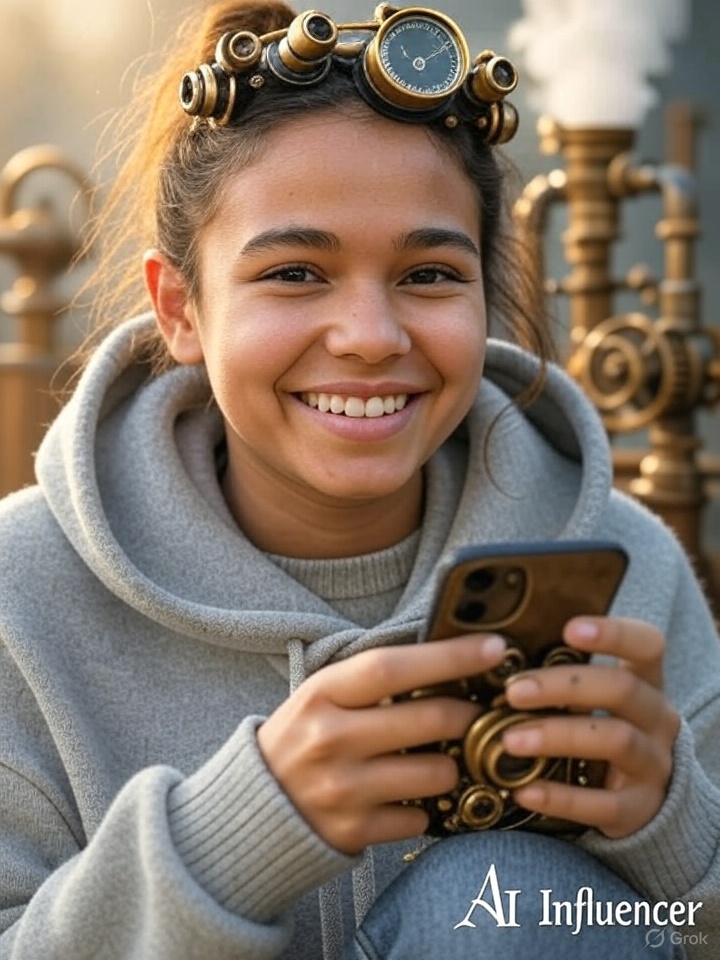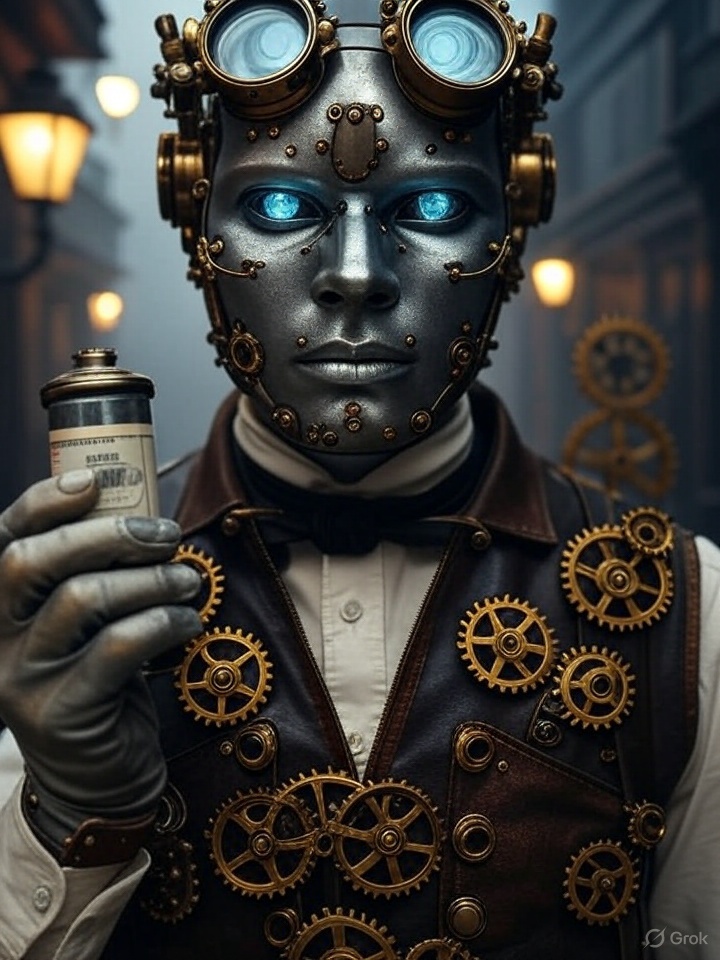In 2024, the AI influencer market soared to $6.95 billion, carving out a significant chunk of the $24 billion influencer marketing industry.
 Virtual influencers are outperforming their human counterparts in engagement, boasting an average rate of 2.84% compared to 1.72% for real people. According to a survey by
Virtual influencers are outperforming their human counterparts in engagement, boasting an average rate of 2.84% compared to 1.72% for real people. According to a survey by
The Influencer Marketing Factory, 15% of consumers rated their trust in products promoted by virtual influencers a 7 out of 10. These numbers are promising, but they mask both dazzling opportunities and glaring pitfalls in this rapidly evolving space.
AI influencers like Lil Miquela, with 2.4 million followers, have collaborated with luxury brands such as Prada, Dior, and Calvin Klein, commanding up to $8,500 per post.
Similarly, Brazil’s Lu Do Magalu, with a staggering 7.8 million followers, earned around $5,000 per post. The appeal for brands is clear: AI influencers can slash content creation costs by 30%. They operate 24/7, never fall ill, avoid scandals, and are fully controllable.
Brands can sidestep the logistical hassles of human influencers — no need for camera crews, makeup artists, travel arrangements, or demanding riders. More importantly, AI influencers eliminate the reputational risks tied to real people, who often come with murky pasts or unpredictable futures.
However, the road isn’t all smooth. Capitol Records signed AI rapper FN Meka, only to drop the project 10 days later after backlash over racial stereotyping. Critics accused the project of “digital blackface,” alleging that white creators exploited Black culture without compensating real artists. It later emerged that a human rapper, who was never paid, provided the voice behind the AI, highlighting ethical concerns in the industry.
The audience response to AI influencers is mixed but leans positive. Women, especially those aged 13-24, are 65.5% more likely to engage with virtual influencer content. Nearly half (49.3%) view AI influencers as a highly positive phenomenon, while 28% remain neutral. Yet, there’s a catch: 36% of consumers demand transparency, insisting that profiles clearly disclose their AI nature. Hyper-realistic virtual influencers can provoke unease, and only 35% of Americans say they’d buy products based on their recommendations.
 Also read:
Also read:
- "Ballerina" Delivers Stunning Action in a Thrilling "John Wick" Spin-Off
- Nvidia’s RTX 4040 Brick Edition: A Literal Brick Instead of a GPU
- Spotify’s Latest Update Pushes Video Podcast Recommendations, But Not Everyone’s On Board
Despite these challenges, AI influencers are more than a passing trend—they’re a tool as transformative as virtual AI assistants.
The market is growing at a staggering 39.9% annually, with technology improving and audiences adapting. Still, human influencers hold an edge with their raw emotions, spontaneity, and ability to generate buzz organically.
The future likely lies in hybrid strategies: AI for control and scalability, humans for authenticity and trust. As brands navigate this balance, AI influencers are poised to redefine the marketing landscape, but only if they can overcome the ethical and transparency hurdles that threaten their rise.






